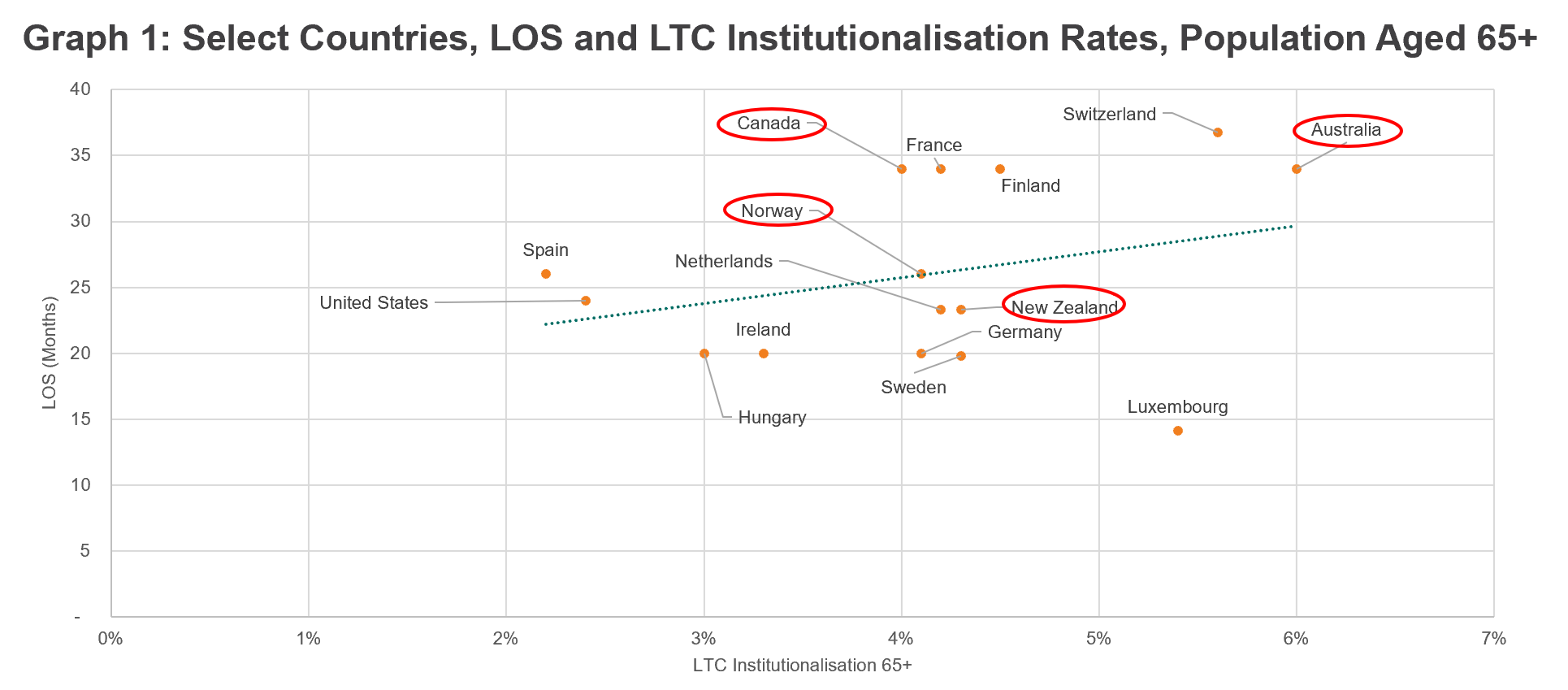Ansell paper: Six major influences drive third wave of aged care consolidation
In a 2,000-word essay, Cam Ansell has developed the crystal clear picture of the future aged care business landscape. Titled ‘The Third Wave of Consolidation’, he responds to “the first question our clients are asking us: what does the future...

In a 2,000-word essay, Cam Ansell has developed the crystal clear picture of the future aged care business landscape. Titled ‘The Third Wave of Consolidation’, he responds to “the first question our clients are asking us: what does the future look like?” The 2,000-word paper is available on their website. You can download it HERE. He points out that the sector is seriously fatigued, nursing home developments across the country have virtually ground to a halt, the clock is ticking on the massive Baby Boom consumer cohort coming through, but “aged care infrastructure targets now cannot be met in time for them based on current dependence levels.”
Case-mix funding and minimum staff levels will move the aged care system more in line with the acute hospital sector. “Residential aged care will become more focused on clinically, subacute models.” This will create opportunity: “The demand for substitute services will grow exponentially against an ageing population of that is far more demanding than present-day consumers.”
Six major influencers
He believes the six factors will shape the sector looking forward:
- migration of executive and clinical talent away from the sector
- mandated staff hours
- increased quality regular resources
- move to case-mix funding
- greater home care package availability
- changing investment appetites

He then clearly analyses each of these and their direct impact and opportunity for operators. Powerfully, he presents this Graph below and predicts:
“These changes will drive consolidation as experienced in the hospital sector, where a relatively small number of providers manage the majority of beds."

The graph shows that Canada, perhaps the closest country to Australia in population, makeup and economy, has 4% of its ageing population in long-term care (nursing homes) compared to Australia at 6%. Norway and New Zealand, both models strongly promoted the Royal Commission, also hover around 4%. If Australia matches these countries we require 33% less beds, but that slack needs to be taken up by home care.
Consolidation, new models, new opportunity
Ansell says “homogenous, clinically based service models is likely to favour large providers.”
“This presents an opportunity for small groups willing to diversify and innovate in the areas of residential aged care substitute services.” Regardless of your size, he concludes, “consolidation is inevitable but there will be scope for diversified service models within this changing environment.” “Regardless of your scale, now is the time to revisit your mission, evaluate its relevance in this market and get big, get tough or get out.”
Download the full paper
Ansell Strategic is making Cam’s full 2,000-word paper available on their website. You can download it HERE.






